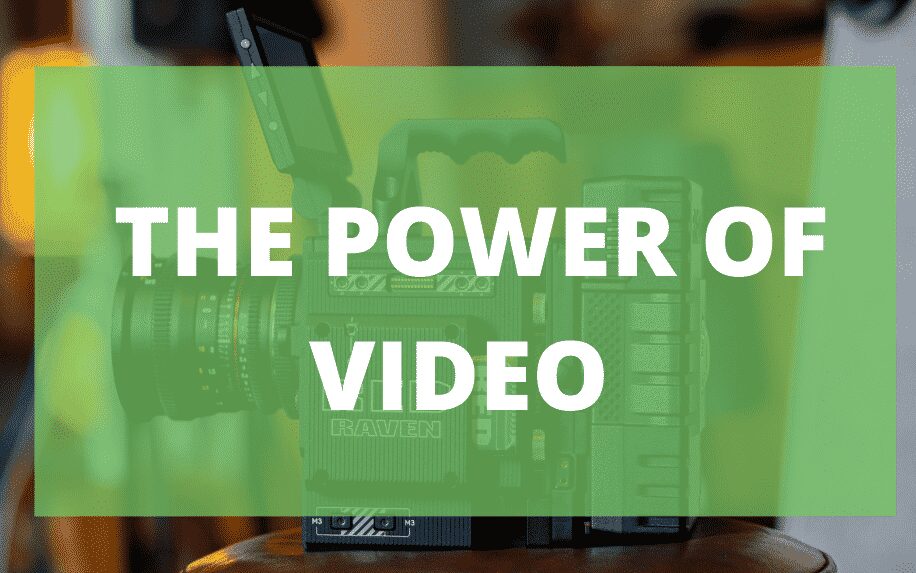Effective landing pages stand out as essential tools for achieving desired outcomes in digital marketing. They’re your dedicated spaces to capture attention, spark interest, and drive conversions. But what makes a landing page genuinely effective? How do you design one that resonates with your audience and achieves your goals?
In this article, you’ll explore the essential elements of high-converting landing page examples and uncover strategies to design them like a pro. From crafting compelling headlines and A\B testing to mobile optimisation and lead generation, you’ll gain the knowledge and tools you need to create landing pages that work.
What is a Landing Page?
A landing page is a focused destination designed to guide you smoothly towards a particular action, whether it’s downloading useful material, subscribing to a newsletter, or making a purchase. Unlike websites with general navigation, dedicated landing pages offer a streamlined experience, maximising your chances of taking the desired step.
Essential Elements of an Effective Landing Page
Your quest for online success starts with a focused gateway: the landing page. In this section, we will dissect the essential elements that transform casual clicks into valuable actions, craft compelling messages, increase conversion, design for clarity, and optimise your landing page for seamless user journeys.
Compelling Headline and Subheading
Your headlines and subheadings should be:
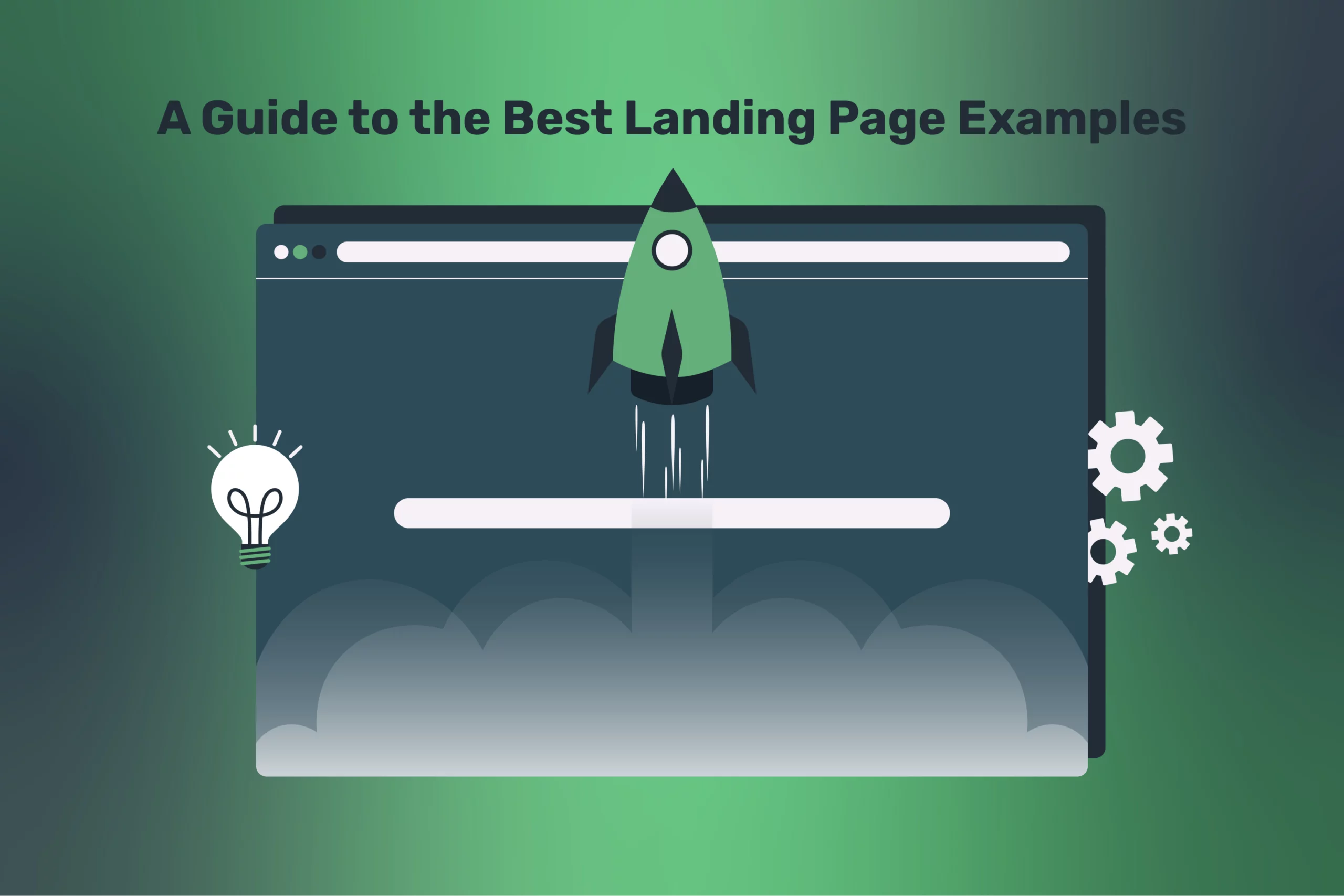
- Clear and Concise: Capture attention quickly and communicate the value proposition.
- Benefit-focused: Highlight how your offer solves the visitor’s problem.
- Intriguing: Spark curiosity and encourage user engagement.
Engaging Visuals
Your landing page should also have:
- High-quality Images or Videos: Relevant to your offer and emotionally impactful.
- Hero Image: Above the fold, sets the tone and reinforces the message.
- Visual Hierarchy: Guide user attention to key elements.
Benefits and Features
To have an effective landing page, you should also:
- Focus on Benefits: Explain how your product/service improves the visitor’s life.
- List Key Features: Briefly explain how they contribute to the benefits.
- Use Bullet Points and Clear Formatting: For scannability and readability.
Action-Oriented Call to Action (CTA)
Additionally, your landing page should contain a call to action (CTA) that is:
- Strong and Specific: Use verbs like “Download,” “Get Started,” or “Buy Now.”
- Contrasting Design: Make it stand out from the page.
- Above the Fold and Repeated: Ensure easy access and clear direction.
Social Proof & Trust Signals
- Testimonials, Reviews, or Case Studies: Build trust and credibility.
- Logos of Well-known Brands or Partners: Demonstrate authority and reliability.
- Numbers and Statistics: Quantify the value of your offer.
Frictionless Lead Capture Form
- Only Require Essential Information: Reduce abandonment and improve conversion.
- Clear Labels and Intuitive Design: Minimise cognitive load.
- Optional Fields: Offer flexibility without deterring potential leads.
Additional Elements
- Mobile-friendliness: Optimise for a seamless experience on all devices.
- Fast Page Speed: Maintain user engagement and SEO performance.
- Minimal Navigation: Focus on the conversion pathway.
- Clear and concise copy: Avoid jargon and technical language.
Testing and Optimisation
- A/B Test Different Elements: Headline, CTA, layout, etc.
- Track Conversions and User Behaviour: Identify areas for improvement.
- Continuously Iterate and Refine: Optimise for maximum performance.
Landing Page Examples
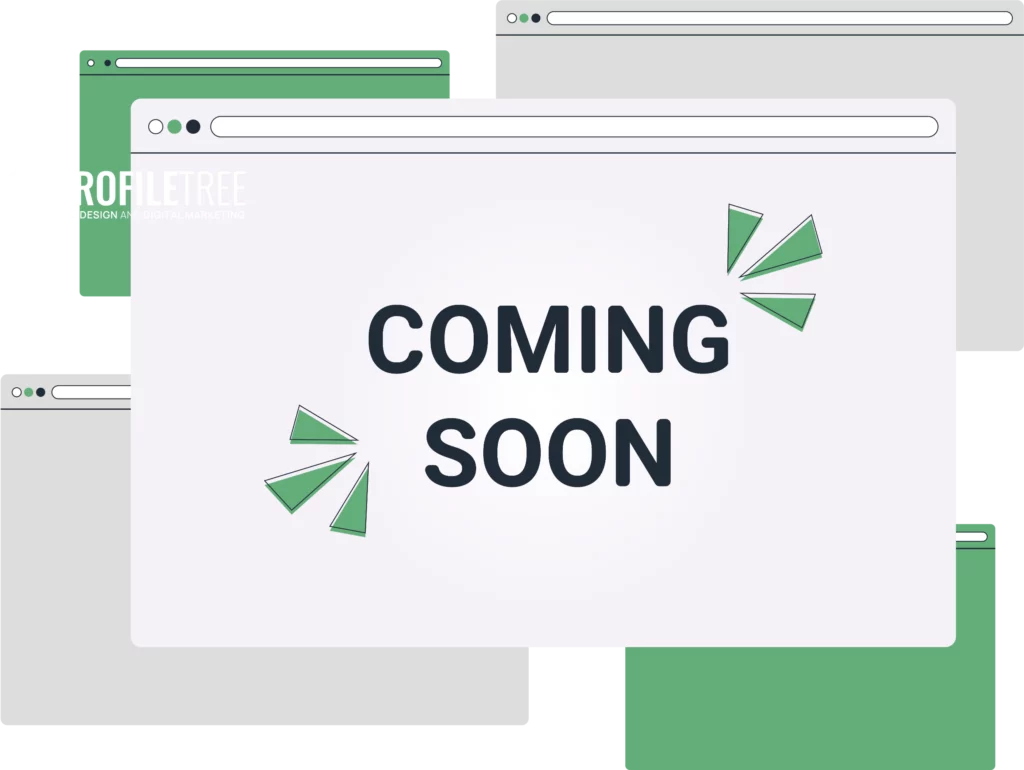
Landing pages serve as focused entry points strategically designed to entice a target audience to take a specific action. However, among all landing page examples, selecting the most effective one for your campaign can be challenging. This guide sheds light on the most common landing page types, empowering you to choose the ideal champion for your conversion goals.
Lead Generation Landing Page
This type operates like a treasure chest, enticing visitors with valuable resources like ebooks, webinars, or white papers in exchange for their contact information. It excels at generating leads for future marketing efforts.
Click-Through Landing Page
Imagine a stepping stone, gently guiding visitors to a deeper exploration of your website. This page features concise information and a clear call to action, such as “Learn More” or “Discover Our Plans”. It is ideal for complex products or services requiring further explanation.
Sales Landing Page
This is the ultimate closer, crafting a persuasive argument for your product or service. Using compelling copy, impactful visuals, and testimonials, it drives visitors towards the coveted “Buy Now” button, maximising immediate conversions.
Splash Page
Think of a splash page as a grand entrance, building anticipation and setting the stage for your brand. Often minimal and interactive, it captivates visitors with a captivating message or video before directing them to the next step. It is ideal for generating intrigue and building suspense.
Coming Soon Page
This page fuels the hype for your upcoming launch by generating excitement, collecting email addresses, and keeping your audience engaged until the big reveal. It effectively builds anticipation and prepares your audience for your future offering.
By understanding the strengths and weaknesses of each landing page type, you can strategically select the perfect tool to achieve your specific campaign goals. Remember, the right landing page acts as a powerful conversion catalyst, propelling visitors towards the desired action and maximising your desired outcome.
How to Create a Landing Page: Optimise Copy and Design
Crafting landing page examples that grab the eye and guide users towards action is critical. Fortunately, a few key design principles can transform your page from a visual noisemaker to a conversion champion.
Visual Hierarchy: The Art of Prioritisation
Think of your landing page as a story, and visuals are your captivating narrator. Use size, placement, and contrast to guide the reader’s eye where it matters most. A prominent, benefit-focused headline takes centre stage while supporting elements like features and visuals add details without stealing the limelight.
Remember, a clear hierarchy prevents confusion and directs users towards the desired action, whether signing up for a newsletter or hitting that “Buy Now” button.
Whitespace: Breathe Easy, Read Clearly
A cluttered desk covered in papers is overwhelming, right? The same goes for your landing page. Whitespace, or negative space, isn’t emptiness; it’s breathing room for your content. It allows crucial information to stand out, enhancing scannability and readability.
Generous margins around text and images create a calming visual flow, inviting users to explore without feeling overwhelmed. Remember, less is often more when building a user-friendly and conversion-worthy page.
Colour Psychology: Let Colours Speak Volumes
Colours aren’t just visual decorations but powerful psychological tools. Understanding how colours evoke emotions and influence behaviour can elevate your landing page design.
Blue inspires trust and professionalism, while green signifies growth and new beginnings. Bold red demands attention, while soft yellow exudes warmth and optimism.
Choose a colour palette that aligns with your brand and complements your message. Use contrasting colours strategically to highlight key elements and guide user actions. Remember, colour psychology is a subtle but powerful weapon in your conversion arsenal.
Landing Page Best Practices and Common Mistakes
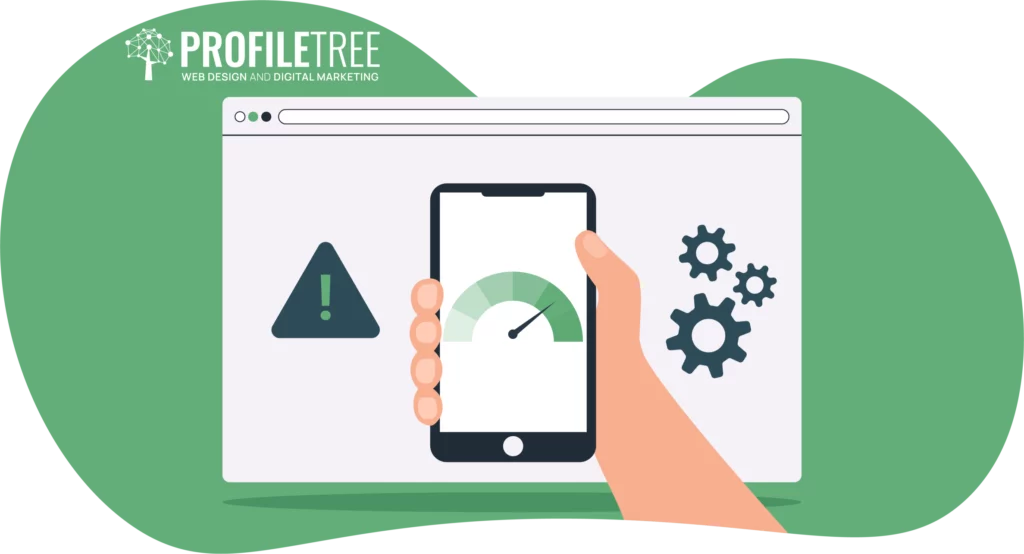
Building high-converting landing page examples can be challenging, requiring careful navigation across potential pitfalls while maximising successful strategies. The following lines will equip you with the best practices and insights to avoid common mistakes and unlock lead generation success.
Best Practices
- Match your offer to your audience: Tailor your message and visuals to their specific needs and wants. Speak their language, address their pains, and showcase how your offering solves their problems.
- Craft compelling headlines: Your headline is the first impression, so make it count. Be clear, concise, and benefit-oriented. Spark curiosity and pique interest to entice users to scroll further.
- Guide with visual hierarchy: Lead the user’s eye using size, placement, and contrast. Prioritise your headline and CTA, then use supporting elements like visuals and subheadings to build on your message.
- Leverage the power of social proof: Testimonials, reviews, and case studies build trust and credibility. Show potential customers that others have found value in your offering, increasing their confidence in converting.
- Optimise for mobile: A responsive landing page is non-negotiable in today’s mobile-first world. Ensure your page adapts seamlessly to all screen sizes and devices, offering a smooth and effortless user experience.
- Test and iterate: Don’t assume you’ve cracked the code on the first try. A/B tests different elements like headlines, CTAs, and layouts to see what resonates best with your audience. Continuously refine your page based on data to maximise conversions.
Common Mistakes
- Ignoring your audience: Generic messaging that doesn’t speak to your target audience’s needs is a conversion killer. Get to know your ideal customer and tailor your landing page to their specific desires.
- Confusing design: Cluttered layouts, unclear navigation, and poor visual hierarchy create a frustrating user experience. Keep things simple, clean, and focused on guiding users towards the desired action.
- Hidden CTA: Your call to action bridges curiosity and conversion. Make it prominent, easy to find, and compelling. Avoid hiding it in the footer or using vague language.
- Lengthy forms: Don’t scare users away with lengthy, information-hungry forms. Only ask for essential information relevant to your conversion goal. Keep it short, sweet, and conversion-friendly.
- Ignoring mobile optimisation: In today’s mobile-driven world, neglecting mobile users is a huge mistake. Ensure your landing page looks and functions flawlessly on all devices, from smartphones to tablets.
- Failing to track and analyse: You can’t improve what you don’t measure. Track key metrics like conversion rates, click-throughs, and bounce rates to understand how your landing page is performing. Use this data to identify areas for improvement and continuously optimise your page for success.
Using Landing Page Builders
In the quest for crafting high-converting landing page examples, landing page builders emerge as valuable allies. These platforms offer user-friendly tools and templates, empowering even those without extensive technical expertise to create effective landing pages. Here’s a closer look at their key benefits and considerations:
Key Advantages
- Ease of Use: Drag-and-drop interfaces and pre-designed templates simplify the creation process, eliminating the need for coding knowledge.
- Speed and Efficiency: Build and publish landing pages quickly, often within minutes or hours, compared to traditional development methods.
- Optimisation for Mobile: Ensure seamless viewing experiences across devices, catering to the mobile-first world.
- A/B Testing Capabilities: Experiment with different elements and measure their impact on conversions, allowing for data-driven refinement.
- Integration with Marketing Tools: Connect with email marketing campaign platforms, analytics tools, and CRM systems to streamline workflows and track results.
Considerations
- Cost: Some builders offer free plans, but premium features and higher traffic allowances often require paid subscriptions.
- Customisation Limitations: Pre-designed templates can restrict design flexibility, potentially hindering full brand expression.
- Potential Reliance: Continued use may lead to dependency on the builder for updates and maintenance rather than developing internal expertise.
Popular Options
- Unbounce: Known for its extensive features, A/B testing capabilities, and integrations.
- Leadpages: User-friendly interface, a wide range of templates, and a strong focus on lead generation.
- Instapage: Excels in speed, mobile optimisation, and post-click landing page optimisation.
- ClickFunnels: Comprehensive platform for building entire sales funnels, including landing pages.
- Wix: Website builder with landing page creation capabilities, offering ease of use and affordability.
The Impact of Landing Pages on Conversion Rates
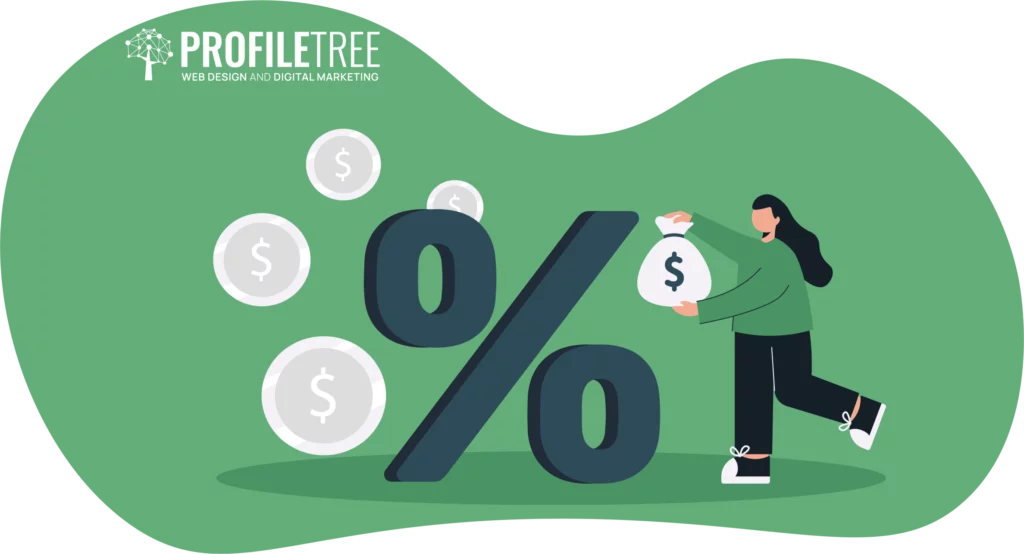
A high-converting landing page is a bridge between a visitor’s interest and their desired action, a focused gateway where mere clicks transform into loyal customers. But just how significant is the impact of landing pages on conversion rates? Let’s delve into the data and uncover the transformative power of these digital havens.
The Numbers Speak
- Average Landing Page Conversion Rate: While industry averages vary, a general benchmark sits around 2-3%. Landing page champions, however, can achieve conversion rates exceeding 10%, highlighting the immense potential for optimisation.
- Improved User Experience: Studies show that well-designed landing pages can reduce bounce rates by up to 47%, significantly increasing the likelihood of user engagement and conversion.
- Targeted Messages: Tailoring landing pages to specific audiences and campaigns can boost conversion rates by as much as 300%. Personalisation is key to capturing attention and compelling action.
- A/B Testing & Refinement: By continuously testing different elements like headlines, CTAs, and visuals, landing pages can be iteratively optimised, further driving up conversion rates over time.
The Benefits
Beyond measurable statistics, landing pages offer a multitude of benefits:
- Lead Generation: Capture valuable lead information for future marketing efforts.
- Brand Awareness: Reinforce brand identity and messaging through consistent design and visuals.
- Product/Service Promotion: Showcase offerings in a compelling manner, highlighting unique selling propositions.
- Targeted Audience Engagement: Speak directly to specific buyer personas, addressing their needs and pain points.
- Measurable Results: Track and analyse performance through key metrics like conversion rates and bounce rates, informing future optimisation strategies.
In conclusion, landing pages hold immense potential for boosting conversion rates and driving business success. Understanding their impact, leveraging available tools, maintaining regular A\B testing, and continuously optimising for user experience are crucial factors in bridging the gap between clicks and conversions in the ever-evolving digital landscape. So, invest in building compelling landing page examples and watch your online presence flourish.
